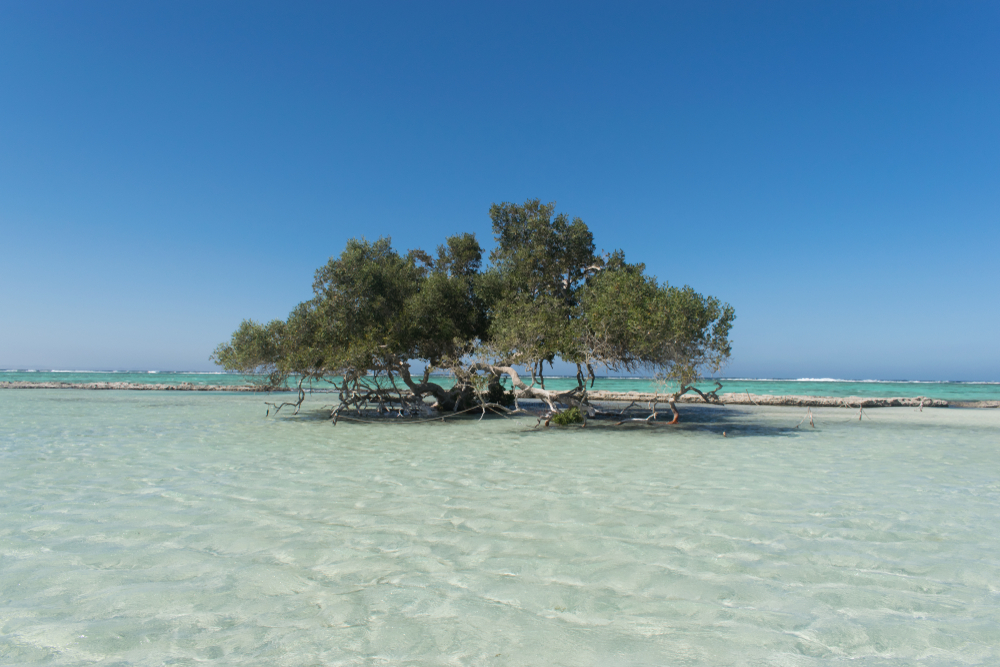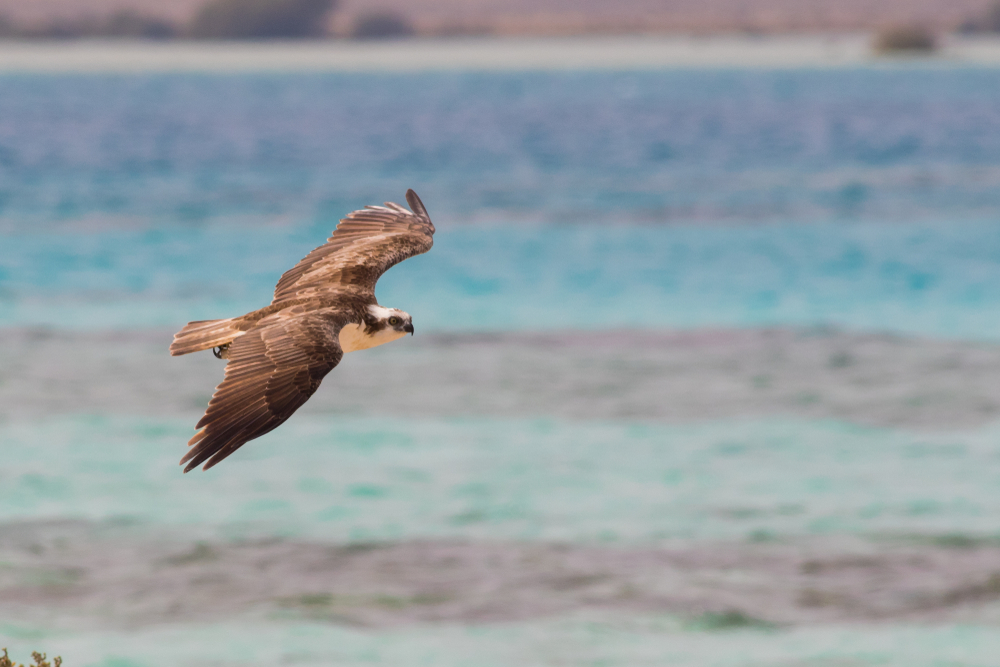Wadi el Gemal National Park is located in the southeastern part of Egypt along the coastline of the Red Sea. The total park covers an area of 2,880 square miles (7,450 sq km) creating one of Egypt’s largest wadis. Ras Muhammad National Park is a neighboring park that protects another region of the Red Sea Reef.
The national park is divided into portions that are land and portions that are the sea. The land accounts for the largest part at 1,840 square miles (4,770 sq km), while the sea adds the additional 810 square miles (2,100 sq km) of the protected area.
Some would argue that although the aquatic portion of the park is smaller, it protects a greater amount of diversity and uniqueness. There are over 450 species of coral and over 1,200 species of fish protected in the Red Sea portion of the national park.
The land part of the park adds historical and cultural significance to the natural wonders that are part of the habitat and ecosystem of the coastline. The UNESCO World Heritage Site highlights the prehistoric rock art, the Ptolemaic ruins, and the ruins from the Roman empire. Ancient Egypt is found throughout the park in different ways.
The land also includes five separate islands that serve the marine-oriented ecosystem as breeding grounds. One of the islands is Wadi El Gamal Island as the namesake of the park. Thirteen species of birds use these islands to nest. The seagrass surrounding the islands and areas of the coral reef serves as a great habitat for the endangered dugong and the green turtle.
The coastline is also home to mangroves which add to the ecosystem that supports the dugong and bird species who take to the trees. The primary wildlife of the area is focused on Dorca’s gazelle and the Nubian Ibex while other species include camel, hyrax, and wild donkey. The majority of wildlife in both numbers and diversity are found in the marine ecosystems of the park.
There are a variety of ways of experiencing the natural and cultural facets of the park by jeep or four-wheel safari vehicles, camel rides, snorkeling, scuba diving, and hiking.
Photos
Things to See
Wadi el Gemal National Park Trails
The majority of exploration in the park is done by snorkelers and divers, however, there are jeep and four-wheel vehicles. However, there is hiking in the national park giving you a chance to get more personal with the natural wonders of the park.
Sources
- Atlas of Marine Protection, Wadi el Gemal National Park, http://www.mpatlas.org/mpa/sites/4208/, retrieved July 2020.
- Lonely Planet, Wadi el Gemal National Park, https://www.lonelyplanet.com/egypt/activities/wadi-el-gemal-national-park-marsa-alam/a/pa-act/v-106692P13/355224, retrieved July 2020.
- Marsaalam, Wadi el Gemal National Park, https://marsaalam.com/Wadi_El_Gemal_Park.html, retrieved July 2020.
- UNESCO, Desert Wadis, https://whc.unesco.org/fr/listesindicatives/1810/, retrieved July 2020.
- Wikipedia, Wadi el Gemal National Park, https://en.wikipedia.org/wiki/Wadi_El_Gamal_National_Park, retrieved July 2020.




